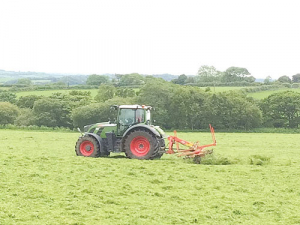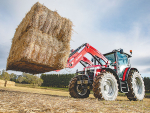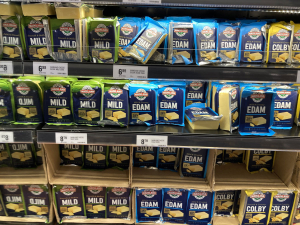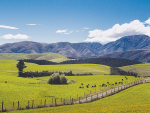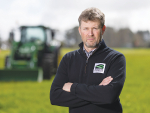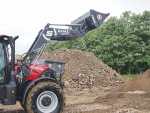Isn’t keeping animals supposed to be profitable? Even on small blocks aren’t they at least supposed to pay the rates?
You can produce dry matter (i.e. feed less the water content) from pasture cheaper than you can buy any other nutrient in. And you won’t get any better quality feed. If you have to buy concentrates in the form of grain or meal it can work out very expensive per kg of dry matter (DM).
Everything you conserve from green pasture will be of less feed value because everything we do with pasture wastes nutrients. The worst -- despite the way most folk rave about it -- is hay. To make good hay you have to wait until there is about 15-20% seed head showing in the crop so you know it’s reaching maturity. But maturity means lower digestibility -- the animal gets fewer nutrients out of it. Then we let the sun and wind dehydrate the crop to remove even more nutrients. You are lucky to save about a third of what was there at the start.
Whereas spring pasture is 70% digestible, medium-quality hay can be about 45% digestible. So over half of its DM goes in the front end of the animal and out the back end. It doesn’t go into the bloodstream to produce energy and protein for maintenance, and production of meat, milk, growth, pregnancy and the like.
Animals like hay, so it’s always palatable unless you have shocking stuff full of mould, which should never be fed. Neither should you breathe in the dust. Remember that palatability is not always related to feed value.
The best way to preserve a feed surplus on the farm is silage. This used to be difficult on small farms as you needed a large hole in the ground or a clamp above it. Most of all, you needed a lot of pasture to get a good fermentation going in a big heap that could be easily consolidated.
Bagged silage or balage has solved so many practical problems. The baler wraps the grass tight and the plastic bag seals it. It doesn’t need any more consolidation so making a good product is almost guaranteed. You can have it wrapped in single bags or in a long sausage to save plastic. There are plenty of contractors around with all the necessary equipment. The cost per kg/DM can be very low.
All you have to be careful of now is accidental splits in handling bags or holes made by marauding rats. Any holes or splits must be taped up as soon as they’re seen, or air will get in and mould produced.
For good balage, wait until there’s about 15% seed head in the crop before cutting. Cut it in the afternoon if possible when the sugar levels are high in the plant, and let the crop wilt for about 12 hours. This will ensure a high DM silage with high feeding value. Then get it baled as fast as possible.
On a small farm get the contractor to put big bales where you want to feed them, as they’re too heavy to move without the right gear. Big bales vary in weight from 900kg to a tonne, and you don’t want to be taking any risks. One of these rolling on you could have a very quick end - it has happened!
It’s nice to have a forklift and proper feed-out trailer but if you can’t borrow these, then let the stock self-feed from the bale. Be careful to make sure the stock cannot get at the plastic as they’ll chew and swallow it. I saw a bull recently slowly devouring about two meters of wrap!
Disposal of the wrapping is a real concern and nobody seems to have come up with any positive ideas. Bury in an approved land fill and do not burn is all I’ve seen.
Many contractors are now producing small balage bales which are roughly the size of a conventional bale of hay. These are much easier to move and feed out.
• Dr Clive Dalton is a former agricultural scientist. This article first appeared in www.lifestyleblock.co.nz

